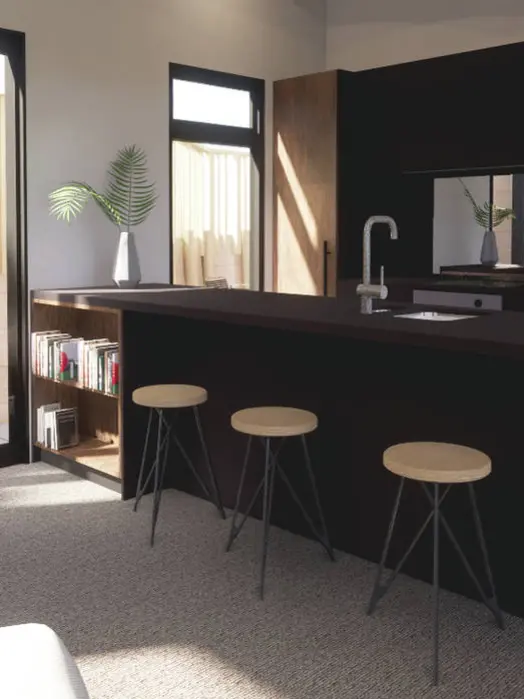New Zealand Property Market Split: South Island Surges While North Slows

Discover how the NZ property market is evolving, with the South Island leading growth while North Island cities like Auckland and Wellington remain flat.
A Tale of Two Islands: South Island Leads NZ Property Recovery
The latest data from the OneRoof-Valocity Housing Report paints a clear picture of two very different markets across New Zealand. While property values in much of the South Island are climbing, several North Island regions are seeing stalled or even declining growth.
In what some are calling a “tale of two islands,” buyers continue to benefit from stable conditions, while real estate professionals begin to spot encouraging signs of a broader recovery.
South Island Strengthens: Christchurch, Queenstown-Lakes Hit New Highs
Christchurch is emerging as a post-Covid success story, with the average property value now sitting at $802,000—just $4,000 shy of its previous market peak. Nearby Canterbury is also on the rise, with values up 1.1% in May to an average of $797,000, nearly matching its post-pandemic high.
The Queenstown-Lakes District continues to set the pace for luxury and lifestyle property, hitting a new record average value of $2.099 million in May. Otago and Queenstown-Lakes have both seen value growth of approximately 2% over the three months to June.
Even traditionally quieter regions like the West Coast and Southland are reaching new market highs—adding to the momentum seen across the South Island.
North Island Struggles: Flat Growth in Auckland and Wellington
In contrast, the North Island is facing ongoing headwinds.
Auckland, where values skyrocketed past $1 million during the pandemic, has seen a 0.2% drop in average property values. The post-Covid correction and higher interest rates have weighed heavily on the city’s market.
Wellington is grappling with public sector job cuts and a softer buyer outlook. Analysts now predict it could take up to five years for the capital to return to its previous market highs. The city saw a 0.7% decline in values, mirroring Tauranga’s slide of the same percentage.
National Overview: Modest Gains Driven by the South
Across the country, property values grew 0.3% in May, according to OneRoof. However, the national average value dipped 0.5% year-on-year, sitting at $969,000.
Without the strong performance of the South Island, the national figures may have looked significantly worse.
What This Means for Buyers and Sellers
For buyers, especially in the North Island, conditions remain favourable—stock is available, and competition is moderate. For sellers, particularly in the South Island, market confidence is building, and early signs suggest it may be a good time to list.
Final Thoughts: A Shifting Landscape
New Zealand’s property market is no longer moving as one. The South Island is showing clear signs of recovery and resilience, while the North Island lags behind, weighed down by economic and regional factors. Whether this trend continues will depend on broader economic indicators—but for now, the tale of two islands is very real.
Let’s discuss your home selling strategy.
By choosing us, you’ll benefit from our expertise and commitment, ensuring you feel confident and valued throughout the entire process.






